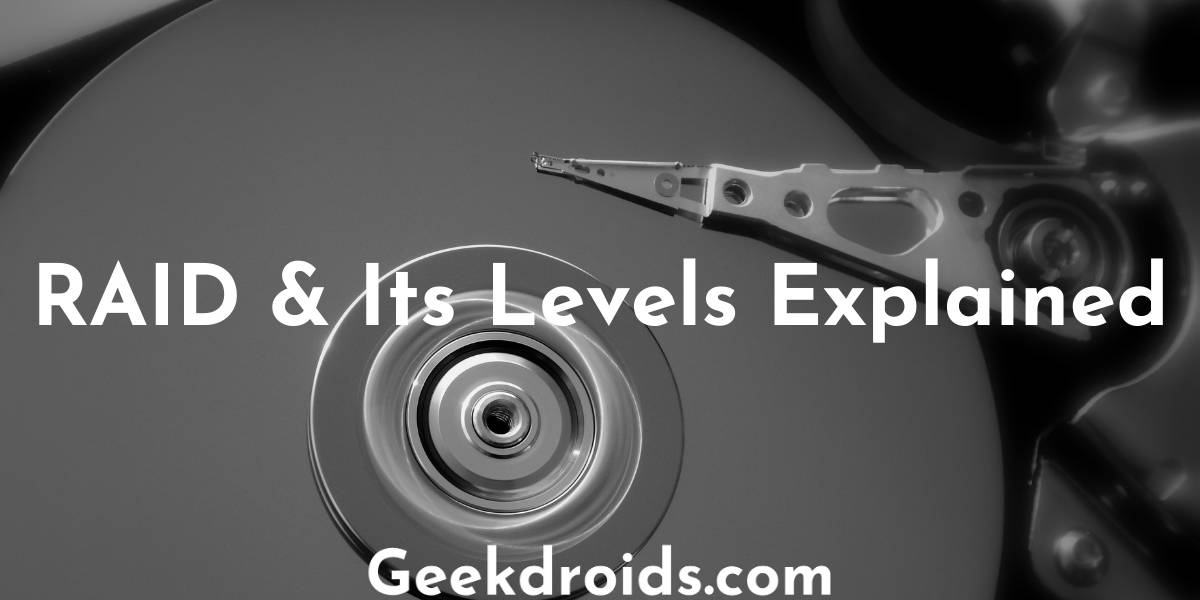Are you planning to invest in a RAID array? To choose the right RAID configuration, you need to what RAID is and how it works. RAID stands for redundant array of independent disks/inexpensive disks. The technology combines multiple hard drives and the same data is stored on multiple hard disks or solid-state drives. This helps in preventing data loss in an event of drive failure. So, RAID is a single logical unit that uses multiple drives to achieve fault tolerance and get superior performance. In a typical RAID configuration, the system will continue to run even if a hard disk fails.
The RAID technology works on techniques like disk mirroring and disk striping. There are different RAID levels and each one utilizes these techniques to achieve specific goals. For instance, RAID 0 works on a striping technique that spreads the data over multiple disk drives. RAID 1, on the other hand, uses mirroring that copies the same data onto different drives. Striping is used when the goal is to reduce read and write times and improve I/O performance. Mirroring is suited to avoid data loss. There is also another technique known as Parity that provides fault tolerance. So, RAID helps in increasing the mean time between failures (MTBF). So, let’s find out different RAID levels that are commonly used.
RAID Levels
Page Contents
There are different levels of RAID but the most common ones are RAID 0, RAID 1, RAID 5, RAID 6, and RAID 10. All these levels differ from each other in terms of technique used- mirroring, stripping, or parity.
RAID 0
RAID 0 works on a disk striping technique that distributes data across two or more HDDs or SSDs. This level is used for applications that need superior performance and higher capacity to store enormous amounts of data. This is also the most affordable RAID configuration that can be easily set up. However, RAID 0 doesn’t provide fault tolerance and not the right option for storing critical data. A single disk failure could result in complete data loss.
RAID 1
RAID 1 (disk mirroring) provides fault tolerance by duplicating data so that each disk in the unit has an exact copy of data. Copying data on all disks ensures protection against data loss. So, if one drive malfunctions, data can be recovered from other drives. This level provides fault tolerance and better read speed with easy implementation. However, writing takes more time and it offers only half of the storage capacity.
RAID 5
RAID 5 combines disk striping and parity to provide fault tolerance along with high performance. It consists of a minimum of three disks and is highly reliable even in the event of disk failure. The data is spread across all drives that enable the array to function even if one drive were to fail. This RAID level is more secure but provides only half of the storage capacity and needs more time to rebuild data.
RAID 10
RAID 10 is one of the best available options. It combines RAID 0 and RAID 1 to provide fault-tolerance, as well as brilliant performance. With a minimum of four disks, this configuration offers high performance of RAID 0 and RAID 1’s fault tolerance. However, only half storage capacity is available and it’s more costly. Moreover, even if you’re using one of the best RAID devices such as Synology or Drobo, no manufacturer or configuration can guarantee complete protection against data loss. Certain factors could cause multiple disks failure and then only a specialist like Synology RAID data recovery service can help. Recovering data from RAID can be complex and only experts can handle it.




